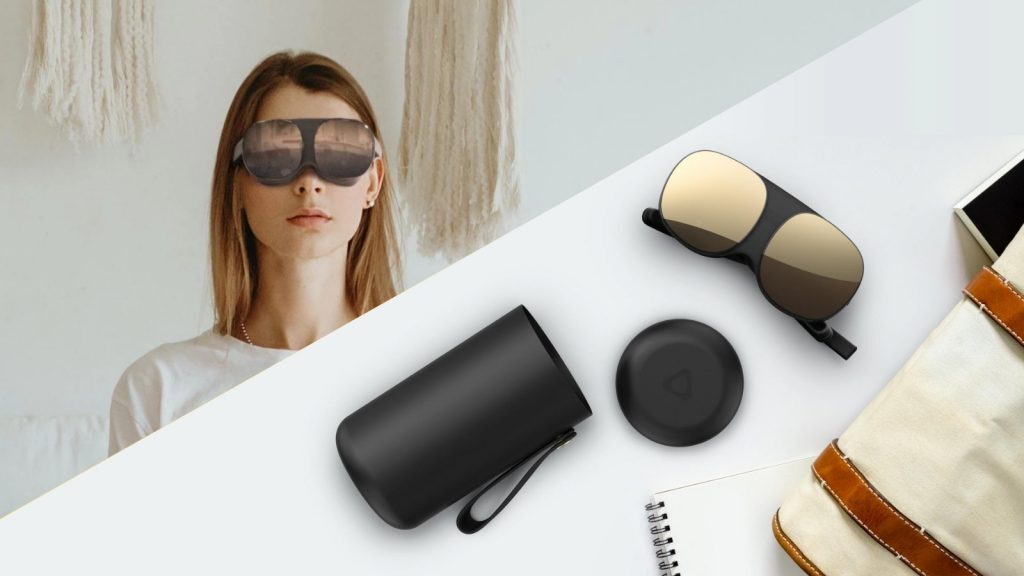HTC, the former smartphone company behind the virtual reality headset you’re most likely to want if you’re a Steam fan, has made its new Vive Flow VR hardware official. Following several leaks earlier this week, the company took the wraps off its new headset and it’s… interesting.
The Vive Flow virtual reality headset is being punted as lightweight VR for people who are not really sure if that’s what they want. But at $500 (about R7,500) a pop, it’s not exactly entry-level.
What the hell, HTC?
Particularly since, if you buy an HTC Vive Flow, you’re also going to have to connect it to a compatible smartphone. The only mobile devices compatible with the Flow are those that are running Android P or better. iOS handsets and Exynos processors are not supported, which immediately wipes out the Apple and Samsung flagship market here in SA.
If you can get past that, then you’ve got dual 1.6K screens (1,600 x 1,600) to look forward to, with a 100-degree field of view and a 75Hz refresh rate. The headset has 4GB of RAM and 64GB of storage onboard, and weighs in are just 189 grams. There are dual speakers and Bluetooth is also present — if not for the fact that you’ve got to connect to a smartphone for its major functions, it’d be a pretty sweet VR headset.
Oh, yes, and there’s basically no battery. Users will have to connect to an external power source to get it to work, like a battery pack. Not to worry, there’s a “…built-in uninterruptible power supply system” in there if you’re thinking of swapping batteries that’ll give you five minutes to get the job done.
Okay, maybe we’re being a little hard on the headset. Paired smartphones can be used as a pointer inside virtual reality — which means that there’s no controllers in the box — but this really is VR-lite hardware. HTC says that the Vive Flow is intended for “…wellness and mindful productivity.” This sounds a bit like we’re being asked to buy a face-mounted version of one of Amazon’s “wellness booths” and… there we go, being nasty to the Vive Flow again.
HTC’s obviously hoping it hits the sweet spot for mass consumer VR — the Vive Flow is light, works with loads of devices, is (relatively) affordable, and is intended for things like meditation, VR concerts, and ASMR — basic escapism, in other words. On paper, it’s a decent idea, but we’ve got our doubts about the Flow’s usefulness in South Africa. Still, it’s up for pre-order internationally, if you’re the sort to take a chance.




